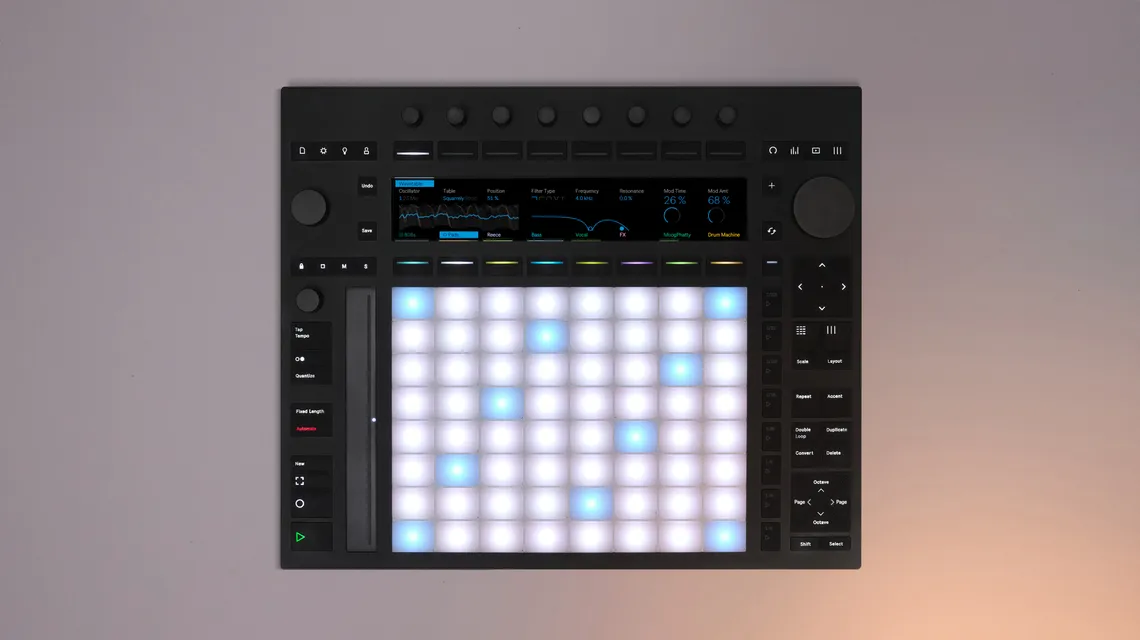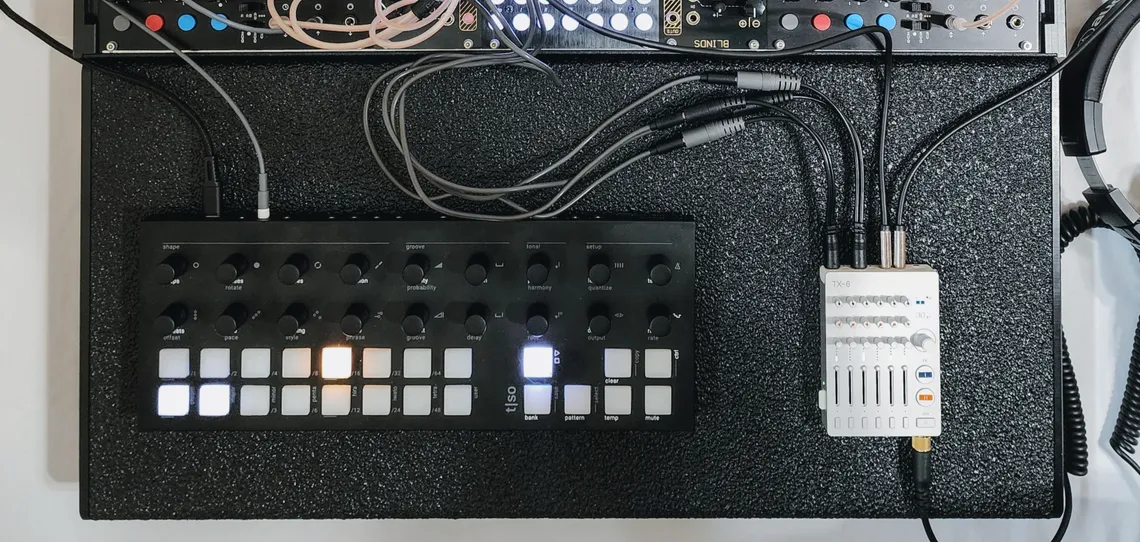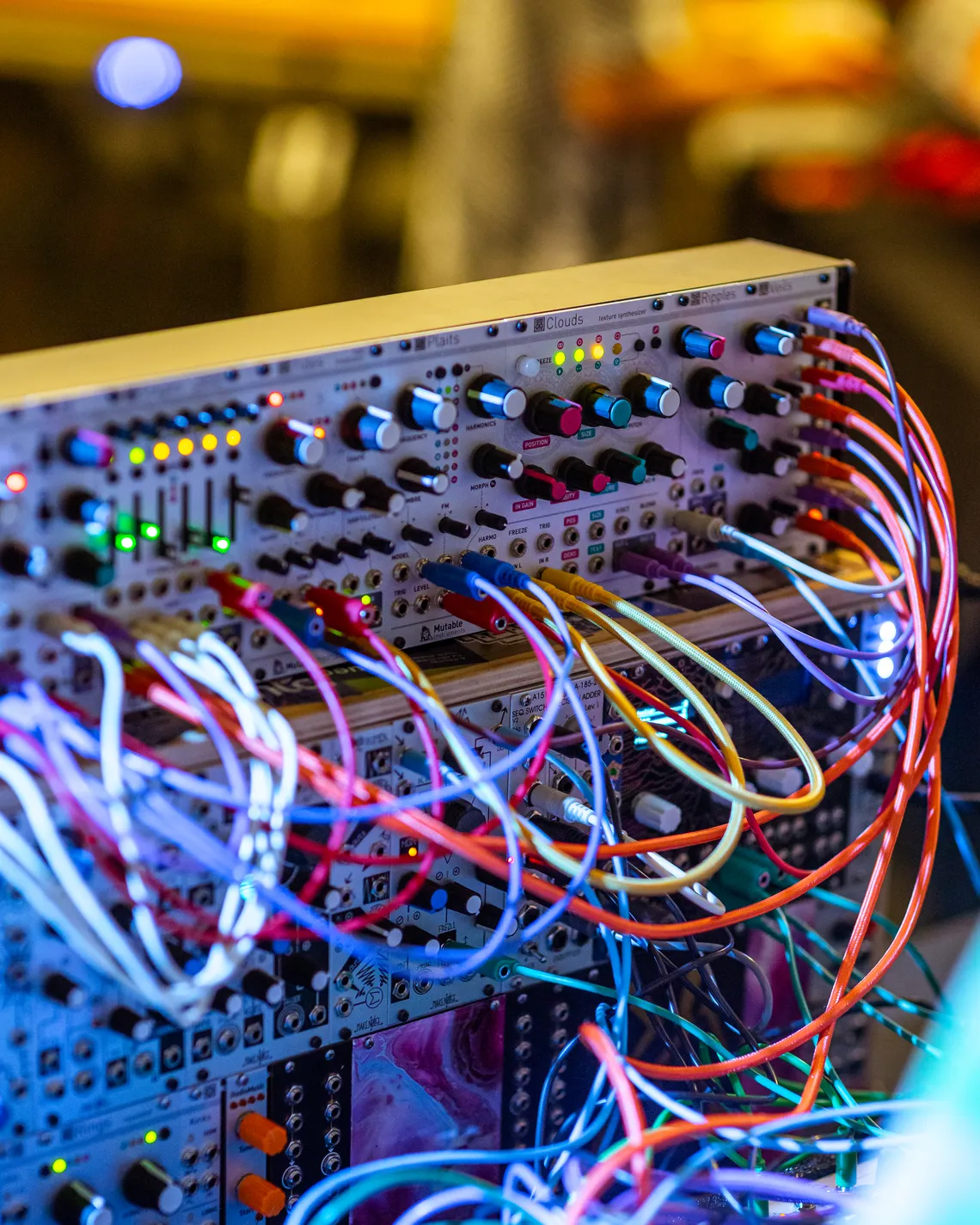A comprehensive guide to live performances
Electronic music has become increasingly popular in the past decades, with a growing number of artists and fans embracing the genre. Live music performances have become an essential part of the music scene, and many aspiring musicians are curious about how to perform live. This article will answer some of the most common questions about playing live, including how to get started, the essential gear for electronic music, and what to expect on stage.
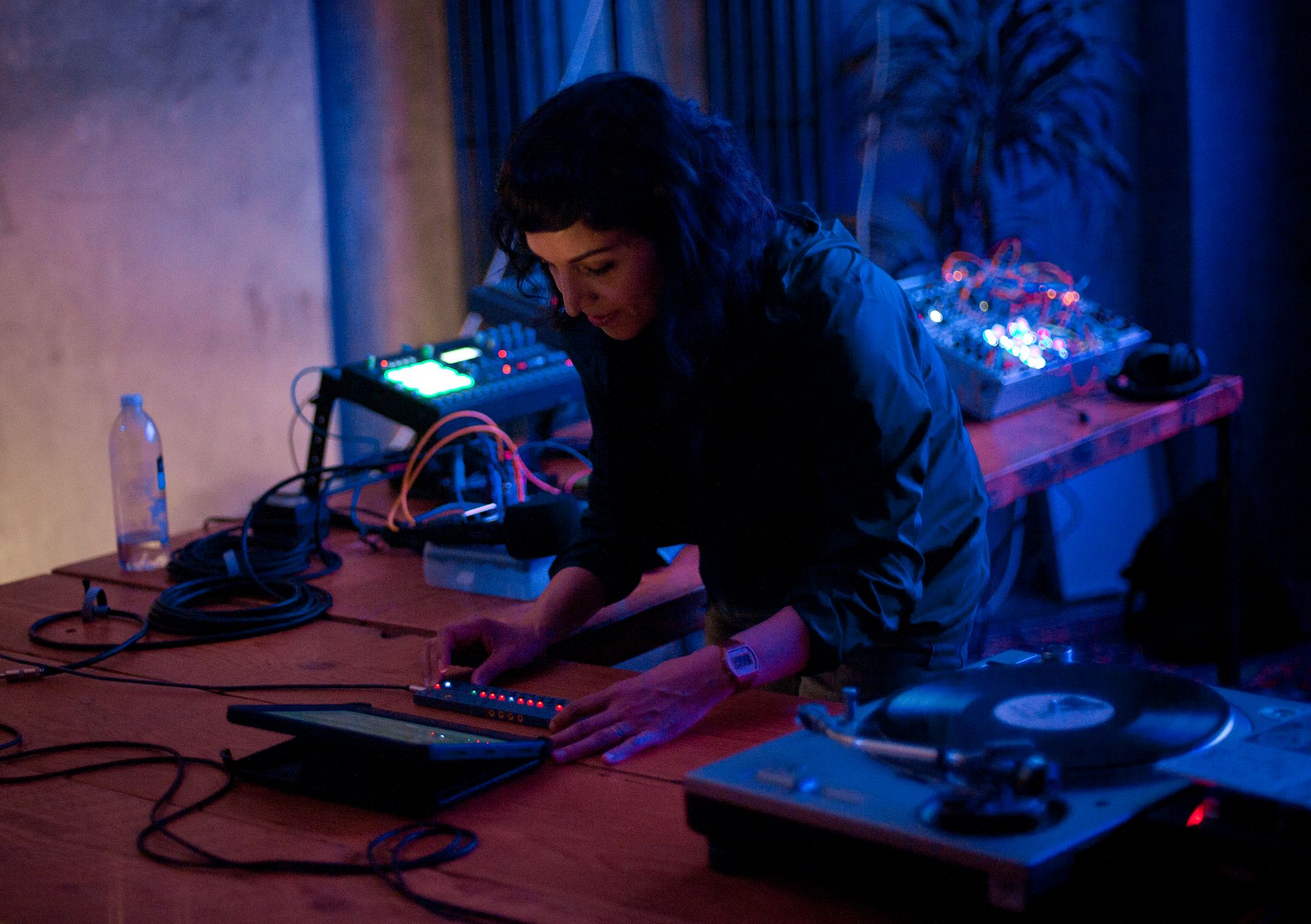
Getting into electronic music making
If you're new and want to start creating your own tracks, the first step is to set up a home studio. This doesn't have to be expensive or elaborate; a basic computer-based live setup, a MIDI controller, and an audio interface will suffice. There are various software options available for creating electronic music, with Ableton Live being a popular choice due to its intuitive design and versatility.
Developing your live performance
Electronic musicians have various approaches to playing live, from traditional DJ sets to complex live performances with multiple sound sources. The key is to create a live set that showcases your musical strengths and engages the audience. Consider incorporating live instruments, drum machines, or external hardware for a more dynamic performance. MIDI controllers are essential for controlling various aspects of your live set, such as triggering sounds, loops, and effects.
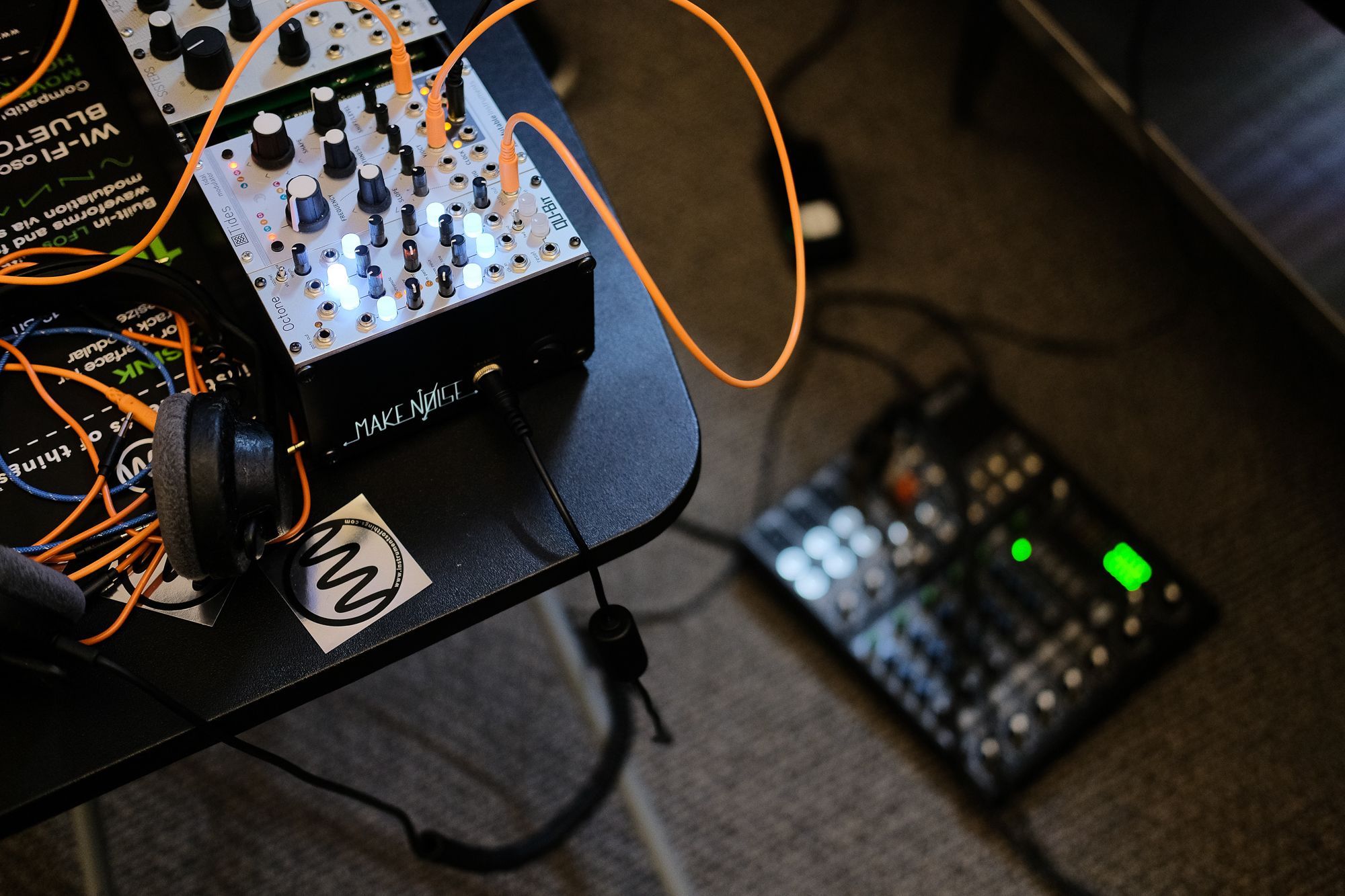
Choosing the right equipment
The gear required for performing electronic music live varies depending on the complexity of your live set and personal preferences. At a minimum, you'll need a laptop or computer, an audio interface with at least four inputs, MIDI controllers, and a reliable sound system. For more intricate setups, you might need additional hardware like synthesizers, drum machines, and other sound sources. Traditional instruments, such as guitars or keyboards, can also be integrated into your live setup.
Ableton Live is a central tool for electronic music performances
Ableton Live is a popular software choice for electronic musicians due to its features and flexibility. It allows you to create, record, and play music in real-time, making it ideal for live performances. With Ableton Live, you can arrange your tracks, control levels, and manipulate the included soft synths on the fly, providing endless possibilities for creating unique live sets.
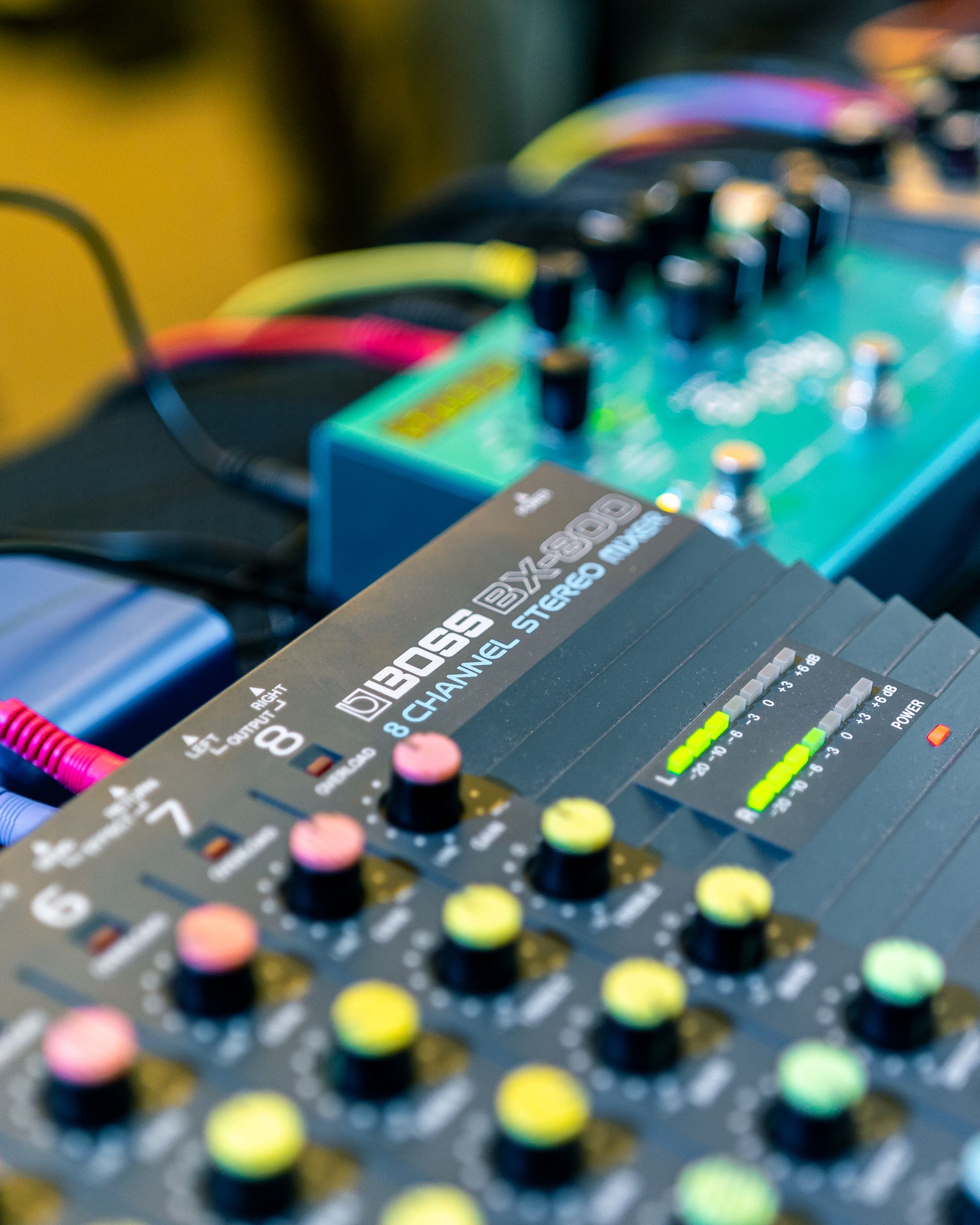
Understanding audio interfaces
The audio interface is a critical component of your live setup, as it connects your computer or other sound sources to the sound system. When choosing an audio interface, consider how many inputs and outputs you need, as well as the quality of the preamps and converters. Most electronic musicians will require an interface with at least two stereo outputs, but more complex setups may require additional channels.
Choosing the right MIDI controllers
The selection of MIDI controllers available today is vast, making it essential to choose the right ones for your live setup. Consider the features and functions you need, such as knobs, faders, pads, and keys, as well as the controller's size and portability. Smaller MIDI controllers with a small footprint may be more suitable for live gigs, while larger controllers with more features might be better suited for studio work.

Incorporating modular synthesizers into live performances
Modular synthesizers have experienced a resurgence in popularity among electronic musicians, offering an unparalleled level of flexibility and control over sound design. These versatile instruments can be an exciting addition to your live electronic music performances, allowing for unique soundscapes and real-time manipulation of audio. Here's how you can incorporate modular synthesizers into your live shows:
- Choose the right modules for your performance - The beauty of modular synthesizers lies in their customizable nature. Select the modules that best suit your performance needs, such as oscillators, filters, envelopes, sequencers, and effects. When building your modular system, consider your desired sound, the level of control you want during your live set, and the complexity of the system you're comfortable managing on stage.
- Integrate your modular synth with your existing setup - Once you've built your modular synthesizer, integrate it into your existing live setup. This may involve connecting it to your audio interface, MIDI controllers, or other sound sources. Be sure to test the connections and compatibility of your modular system with your existing gear thoroughly to ensure a seamless performance.
- Design your modular performance workflow - Modular synthesizers can be highly complex, so it's essential to establish a workflow that allows for smooth navigation and control during your live performance. Develop a clear understanding of your signal path and patching, as well as the key parameters you'll need to manipulate in real-time. Practice your performance workflow to build confidence and familiarity with your modular system on stage.
- Embrace the unpredictable nature of modular synthesizers - One of the most exciting aspects of modular synthesizers is their unpredictable nature, which can lead to new and unexpected sounds during a live performance. Embrace this spontaneity by allowing room for improvisation and experimentation with your modular system. Keep in mind that while this unpredictability can be exhilarating, it's crucial to strike a balance between surprise elements and maintaining control over your performance.
- Combine modular synths with other instruments and sound sources - To create a more diverse and dynamic live performance, consider combining your modular synthesizer with other instruments or sound sources. This could include drum machines, traditional instruments, or other synthesizers. Integrating your modular system with additional sound sources can expand your sonic palette and provide new opportunities for creative expression on stage.
Preparing for live gigs
Before you hit the stage, it's essential to rehearse your live set extensively to ensure a smooth performance. Practice playing your tracks in different orders, experimenting with new ideas and transitions, and refining your on-stage setup. Remember that live situations can be unpredictable, so having a backup plan in case of technical difficulties is crucial.

Exploring different performance approaches
Electronic musicians have a wide range of options when it comes to performing their music live. Some artists prefer to play live using backing tracks, while others may incorporate live instruments, drum machines, or even iOS devices into their setup. In some cases, electronic musicians may choose to perform live in a hybrid setup, combining aspects of a DJ set with live playing elements. It's essential to find a performance approach that resonates with your style and engages your audience.
Song composition during live performances
Creating a song during a live performance can be an exciting and engaging experience for both the artist and the audience. This approach not only showcases your musical abilities and creativity but also provides a unique and dynamic show that keeps the audience captivated. Here are some tips for composing songs on-the-fly during live electronic music performances:
- Develop a basic structure - Before performing, consider creating a basic song structure or template that you can use as a starting point during your live set. This may include a simple chord progression, drum pattern, or a basic arrangement of sections such as the intro, verse, chorus, and outro. Having a framework in place can help you maintain focus and flow during your live composition.
- Utilize loops and samples - Make use of loops, samples, and one-shots to build the foundation of your song quickly. These can be pre-recorded or created on-the-spot using drum machines, samplers, or software like Ableton Live. Loops and samples allow you to establish a groove and provide a solid base for layering additional elements during your live composition.
- Improvise melodies and harmonies - Once you have a foundation in place, begin improvising melodies and harmonies using your preferred instruments, such as keyboards, synthesizers, or even your voice. Experiment with different melodies, chord progressions, and textures to find a combination that resonates with the audience and fits the mood of the performance.
- Build dynamics and transitions - As you compose your song live, pay attention to the dynamics and transitions between different sections. Use effects, automation, and changes in instrumentation to create tension, release, and variation throughout the performance. This can help maintain the audience's interest and create a more engaging live composition.
- Engage with the audience - Involving the audience in the song composition process can create a more interactive and memorable performance. Ask for suggestions, let them choose from different options, or even invite audience members to contribute to the performance by playing an instrument or triggering samples. This engagement helps the audience feel more connected to the music and the creative process.
- Record your live composition - Be sure to record your live composition, as it not only serves as a valuable reference for future performances but may also capture unique moments and ideas that can be developed further in the studio. These recordings can be shared with fans or even released as live albums or singles, showcasing your improvisational skills and creative process.

Collaborating with other musicians
Collaborating with other musicians can enhance your live music performances by adding depth and variety to your sound. As a solo artist, you might consider inviting guest musicians to join you on stage or forming a band to play your songs. Collaborations can lead to new ideas and perspectives, enriching your overall sound and live experience.
Managing stage presence
A significant aspect of playing electronic music live is managing your stage presence. Unlike traditional live music performances, where musicians play instruments on stage, electronic musicians often rely on their computer, controllers, and other gear. To keep the audience engaged, make an effort to interact with them, communicate your passion for the music, and maintain a strong stage presence.
Sound check and setup tips
Before performing electronic music live, always conduct a thorough sound check. This process ensures that your sound levels are balanced, and your gear is functioning correctly. During the sound check, verify that all connections are secure, test your controllers and instruments, and adjust the levels as needed. If you're using external hardware or live instruments, ensure that they are correctly integrated into your setup and that their levels are appropriately balanced.
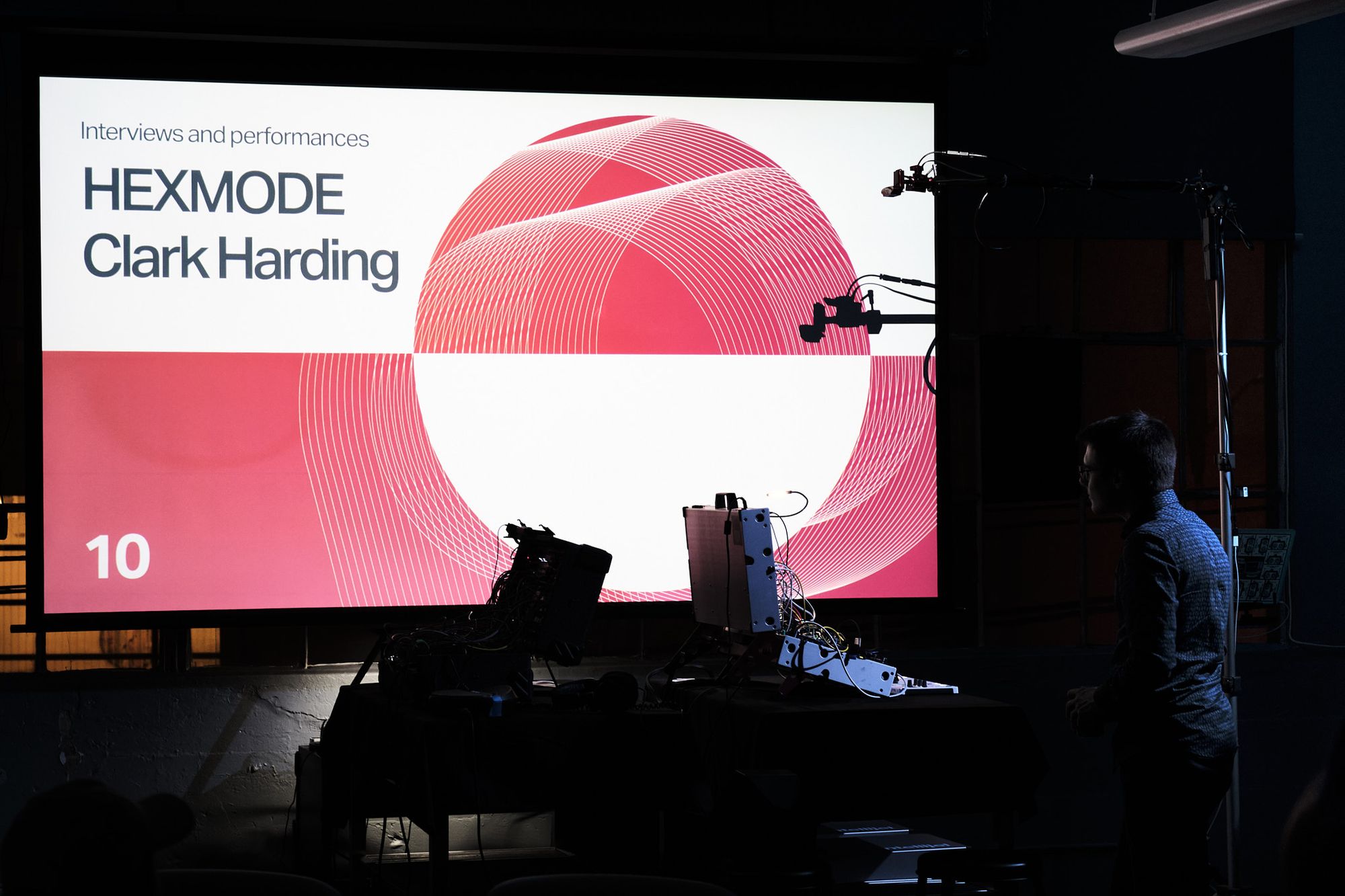
Experimenting with visuals
Incorporating visual elements into your live electronic music performance can significantly enhance the audience's experience. Visuals can range from simple lighting setups to elaborate video projections, live VJing, or synchronized light shows. Experiment with different visual elements to create a more immersive and captivating performance. Collaborate with visual artists or learn to create your own visuals to bring a unique touch to your live shows.
Adapting to different venues and audiences
Playing electronic music live involves performing in various venues, each with its unique challenges and characteristics. Learn to adapt your live set to different spaces, taking into account factors such as room acoustics, stage size, and audience demographics. Adjust your sound and performance style to connect with diverse audiences and create memorable experiences for them.
Investing in quality gear
While it's possible to perform electronic music live with a minimal setup, investing in quality gear can significantly impact your live sound and overall performance. High-quality audio interfaces, MIDI controllers, and sound systems can improve your sound quality and provide a more professional appearance on stage. Invest in reliable equipment that suits your needs and budget, but remember that skill and creativity are ultimately more important than expensive gear.
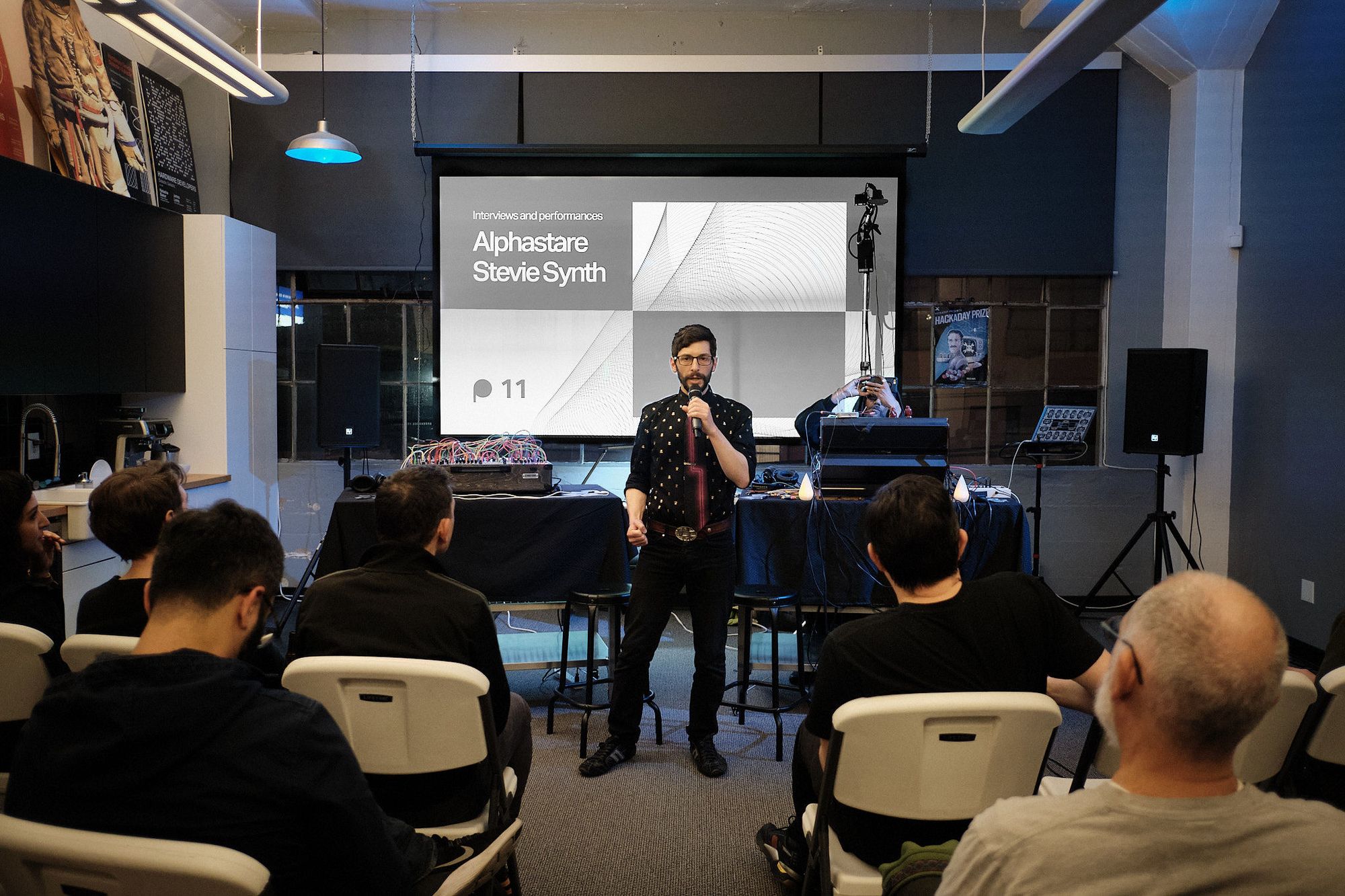
Finding inspiration
One of the best ways to stay motivated and inspired as an electronic musician is to attend live shows by other artists. Watching live performances by your favorite electronic musicians or discovering new talent can provide valuable insights into different performance styles, techniques, and approaches. Take note of what works well for others and consider how you can adapt these ideas to your own live performances.



